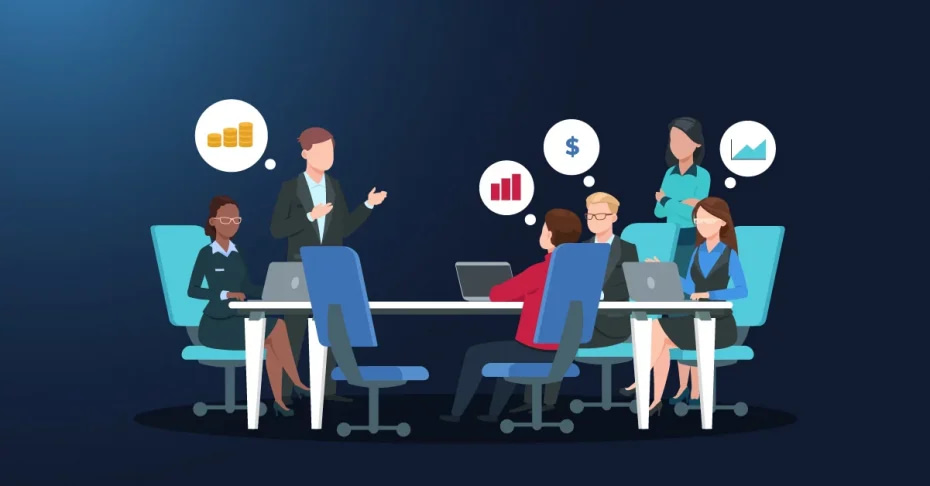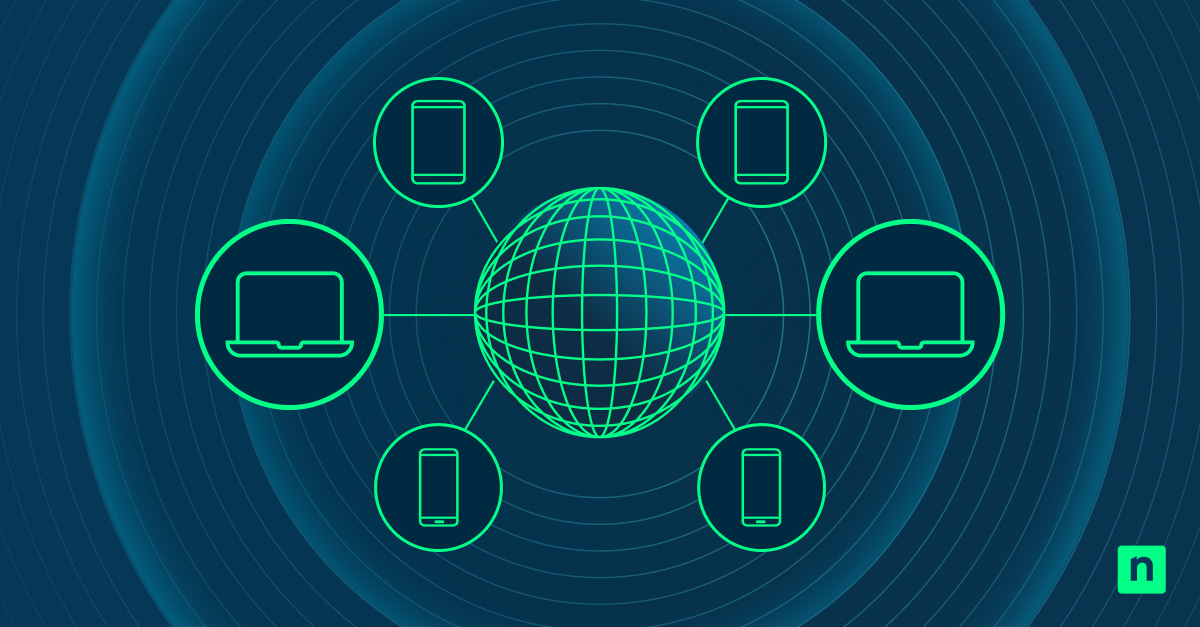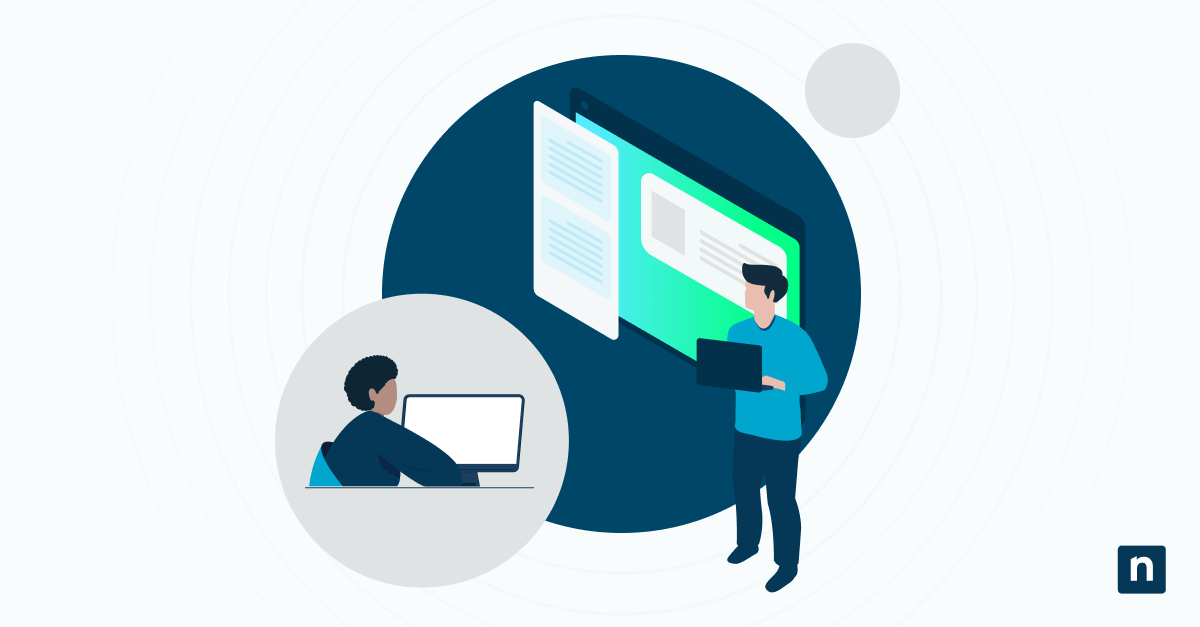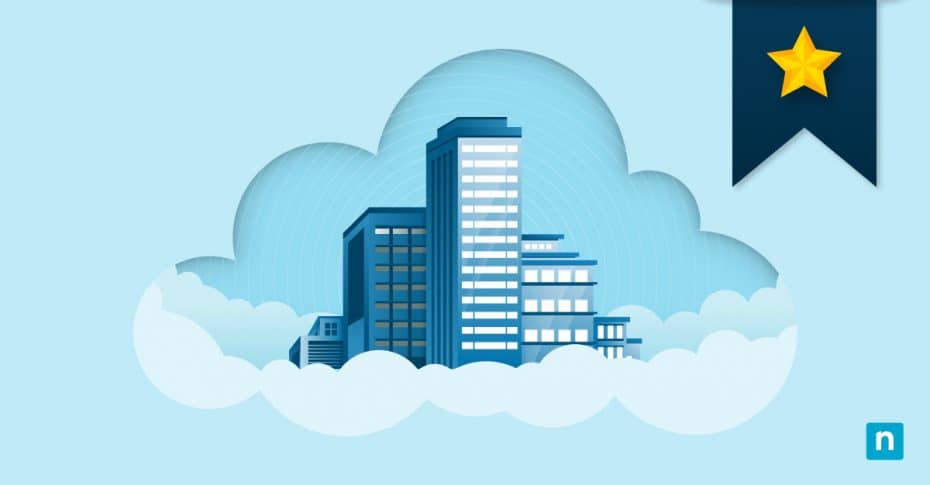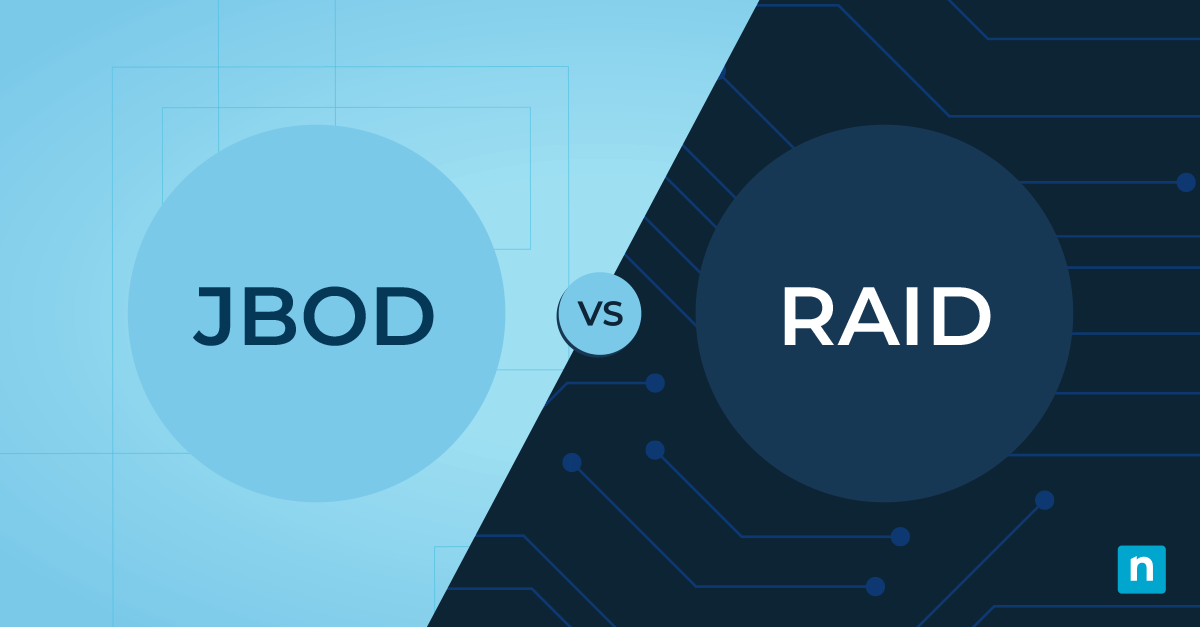The past few years have been a boon to the IT channel. Economic and social changes have driven more SMBs and enterprises toward outsourced IT solutions. New technologies have pushed IT profitability higher.
Businesses are more focused on digital transformation than at any other point in history, while at the same time everyone with a networked device is concerned about the growing threat of cyberattack.
Operations of all types know that the IT department is becoming the key to staying competitive. As you would expect, that’s driving considerable new business to MSPs.
All of that action is changing the landscape, however. Only MSPs who can adapt to those changes will thrive, and staying ahead of trends has never been more crucial. In this article, we’ll discuss the MSP trends leading into 2024, what service providers should expect, and how they can be prepared.
What this article will cover:
- Trends that will guide the MSP market in 2024
- How MSPs will use technology internally to create growth
- How client relationships shape modern MSP success
- Which growth strategies are becoming essential and which are obsolete
Top trends driving the managed services market in 2024
Consolidation
There’s no doubt that consolidation swept through the MSP market last year. Larger MSPs aren’t shy about swallowing up smaller rivals to acquire talent and accelerate growth. This consolidation trend will continue into 2024 as smaller MSPs struggle to keep up and catch the eyes of those hungry for acquisition.
New competitors
The growing need for outsourced IT services isn’t all sunshine and roses. A fertile hunting ground always attracts new carnivores and we’ve been seeing aggressive encroachment into the IT channel from outside sectors.
One particular segment to keep your eye on is printer/copier companies. In the wake of the pandemic, when far fewer enterprises needed printers and copiers due to remote worker displacement, these successful companies needed to pivot into a new revenue stream. They’re often large, generational businesses with deep pockets, and already have inroads into potential MSP clients.
Specialization
Specializing will be a trend among MSPs in 2024. It’s not only challenging to be everything to everyone, it’s typically unsustainable. As more competitors hit the scene, the MSPs who “speak to” their ideal audience most effectively will win out. All but the largest MSPs will find more success by switching to a more specialized, boutique approach. This means cultivating more relatable images, standing out from other providers, and potentially leaning hard into one industry.
Inflation
If inflation continues, MSPs could struggle to stay profitable in 2024 due to rising expenses. One of the most significant operating costs for any MSP is around the data center, which include the ever-higher costs of storing data in public clouds.
Thanks to inflation and rising energy costs, public cloud prices are predicted to jump by more than 30% in Europe and about 20% in the U.S.
MSPs will likely begin to transition away from the big cloud services and seek more cost-effective storage solutions closer to home. The trend may even create new opportunities for MSPs to provide their customers with on-premises storage and data-backup solutions.
Economic recession
This isn’t as bad as it sounds. MSPs can actually thrive when businesses tighten their belts and cut labor and operational costs. Why? Because this usually means outsourcing IT and security services.
When it’s time to get lean, enterprises often find it better for their bottom line to trust an MSP for business continuity and disaster recovery (BCDR) rather than handling it in-house. The vast majority of MSPs actually remained stable post-COVID, even while countless other businesses were forced to fold. Similar market forces will come into play during a recession, and MSPs can get ahead of the demand and prosper.
Data tiering
As data storage costs rise, there will likely be a move toward the idea that all data is not equally valuable. In a bid to lower costs, redundant or replaceable data will likely be separated from the data that actually needs to be protected, backed up, or encrypted.
MSPs can get ahead of this by offering storage solutions with data-tiering capabilities. Data tiering enables organizations to move nonessential data to less-expensive storage levels. This means a reduction in costs while still protecting what’s important.
Emerging tech
Emerging technologies such as 5G, IoT, RPA, 5G wireless private networks, and edge computing will likely have considerable bearing on the future of the IT channel. All of this tech is leading toward more mobility and will facilitate the remote workplace concept even further.
The forward-looking MSP will want to identify high-growth markets who can leverage this technology and proactively support their adoption and utilization thereof. In other words, they want to become true technology leaders and leverage this emerging tech as an entry point into specific market segments.
How MSPs will use technology to increase profits and growth
For MSPs to take advantage of the opportunities coming our way in 2024, they need a streamlined operation and a reliable tech stack that maximizes profitability. All-in-one solutions designed with lower-skilled technicians and automation in mind reduce your operational costs while increasing margins and boosting profitability.
Integration is also key. Reducing the number of tools your technicians have to master increases technician productivity and retention. An MSP doesn’t want to be juggling vendors, replacing talent, and figuring out which clients are actually profitable as they roll into 2024.
As is always the case, the right RMM solution is critical to achieving your growth goals in 2024. The right combination of an MSP-focused solution, fantastic support, and valuable integrations can give you the advantage in a competitive market.
Client relationships and MSP success
As consumers are given more options (i.e. your competitors) it becomes more important than ever to cultivate great client relationships. Of course, this has always been the case, but business owners tend to think about it more as the ocean gets bloodied.
Research shows that 68% of consumers would leave their current provider simply because they feel the company treats them indifferently. On the other hand, a mere 5% boost in loyalty can lead to profit increases in the double digits.
Here are a few suggestions for fostering those great (and profitable) relationships:
Let your personality show through.
Your clients want to know that they’re not just a contract. Send personalized emails, talk with them in person, and treat them like a human, not a client.
Check in and be appreciative. If you only talk to your clients when they have a problem, the sheer act of talking to you will have a negative association in their mind. Send them your best wishes on holidays, proffer a gift from time to time, and check in even when you know everything is running as it should.
Understand their unique needs. Clients are looking for an MSP that will help them beyond their service agreement. By learning more about their business, their processes, and what actually pains them from day to day, you can truly understand their needs.
Be proactive. This is always a good idea in the IT business, as you know. But aside from being proactive in managing their technology, it’s a good idea to be proactive in your communications and recommendations. A client appreciates when you can anticipate their needs and are always one step ahead.
MSP growth strategies: what’s working and what isn’t?
Sales
Sales enablement continues to grow in priority among MSPs. The idea that every department in the organization should support sales however possible is intuitive considering how much MSP sustainability depends on continued growth.
This mindset extends into and through the entire customer experience, and more IT providers are accepting that it’s easier to keep and upsell existing clients than it is to find new ones. As such, there is a growing focus on profit potential and Average Client Value — an exploration that often leads the MSP to defining their most profitable customers.
The smart MSP then devotes their sales and marketing energy towards securing more of those types of clients rather than defining their audience as “any business with computers”.
Marketing
In line with the above trend of specialization, there is already a growing desire among MSPs to produce more targeted marketing.
This makes sense, as “going wide” is generally a less effective marketing strategy than “going deep” into a singular market segment — but this is no more true than in a troubled economy. MSPs who are slow to adapt and continue to blast generic marketing messages will likely have a frustrating 2024.
On the other hand, providers who embrace the principles of targeted marketing, specialization, and verticalizing will start to show improvements in lead generation.
We’re also seeing more MSPs (finally) taking brand development seriously, and unless the IT channel plays out differently than every other business sector in the history of commerce, those with an effective brand strategy will come out on top.
Operations and Technology
We don’t need to remind you that cloud has redefined the IT sector. It’s also becoming a driving force toward MSP growth.
According to Gartner, over 50% of IT spend will be in public cloud by 2024. More importantly, the majority of end users who move applications to public cloud will seek help from an MSP or other third party.
MSPs are taking a cloud-first approach when making decisions for clients’ technology. They’re also using the same calculus when choosing their own solutions. Cloud-based, integrated software solutions for managed services providers are helping MSPs grow their profitability by reducing workload and software costs across the board.
Stick with NinjaOne and grow your MSP in 2024
Many managed service providers consider NinjaOne the best RMM tool available today, consolidating their most important tools into a single, easy-to-use platform. By reducing labor costs and streamlining operations, NinjaOne is an MSP-focused solution that will help you tackle the challenges — and seize the opportunities — of 2024.
Not a Ninja partner yet? We still want to help you grow your business! Visit our blog for MSP resources and helpful guides, sign up for Bento to get important guidance in your inbox, and attend our Live Chats for one-on-one discussions with channel experts.
If you’re ready to become a NinjaOne partner, schedule a demo or start your 14-day trial to see why over 9000 customers have already chosen Ninja as their partner in growth.
